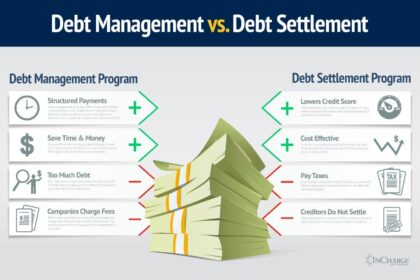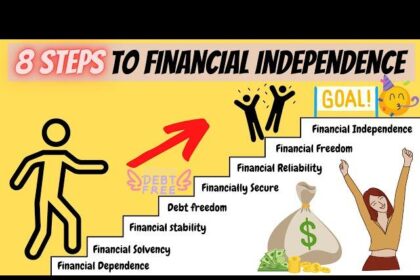As the sun rises on each new day, it casts light on the myriad of choices we make in our lives, from the mundane to the momentous. One of the most critical decisions we face is how to prepare for the future—particularly, our retirement. It’s a season of life often painted with visions of leisure, travel, and cherished time with family, yet the road to achieving this dream demands thoughtful planning and foresight. In an era marked by economic uncertainty and shifting life expectancies, understanding the fundamentals of saving for retirement has never been more crucial. Join us as we explore effective strategies, common pitfalls, and the essential steps to secure not just a comfortable retirement, but a fulfilling one that aligns with your aspirations. Your future self will thank you.
Budgeting Tips
To effectively allocate your finances toward retirement savings, it helps to start with a clear plan. Identify your financial goals by asking yourself questions like: How much do I want to have saved by retirement? What lifestyle do I envision during retirement? Once you establish these benchmarks, create a monthly budget that prioritizes your savings. Consider automating your contributions to a dedicated retirement account; this ensures you save consistently without having to think about it. Additionally, track your expenses using budgeting apps or spreadsheets to pinpoint areas where you can cut back, allowing you to redirect these funds into your retirement savings.
Establishing a comfortable emergency fund is key before aggressively pursuing retirement savings. Aim for three to six months’ worth of living expenses easily accessible for unforeseen circumstances. This safety net ensures you won’t need to dip into your retirement savings during an emergency. You might also want to explore options like employer-sponsored retirement plans, which often come with matching contributions, maximizing your investment potential. To provide a clear visual on how small savings can compound over time, refer to the table below:
| Monthly Savings | Years Until Retirement | Estimated Total at 7% Return |
|---|---|---|
| $100 | 30 | $80,000 |
| $200 | 30 | $160,000 |
| $300 | 30 | $240,000 |
By understanding how your contributions can accumulate, you may feel more motivated to build your retirement fund. Whenever boosting your savings isn’t possible, remember that even small, consistent amounts can lead to significant growth over time.

Debt Management
Managing debt is a critical step in setting a solid foundation for your retirement savings. High levels of debt can divert funds that could otherwise be invested for your future, leading to a cycle of financial stress. Prioritizing your debt repayment helps pave the way to enhanced savings by freeing up income. Consider employing strategies like the snowball or avalanche methods to manage your debt effectively:
- Snowball Method: Focus on paying off the smallest debts first to gain momentum and build motivation.
- Avalanche Method: Concentrate on high-interest debts to minimize the overall interest paid.
It’s not just about paying off debts; it’s also vital to understand the impact of interest rates on your long-term savings. A clear grasp of your debt situation can change your approach to saving. For instance, if you have outstanding credit card debt with high-interest rates, it may be beneficial to tackle that before increasing retirement contributions. Use the following table to compare typical credit card interest rates against possible investment returns:
| Type of Debt | Average Interest Rate (%) | Expected Investment Return Rate (%) |
|---|---|---|
| Credit Card Debt | 18 | 7 |
| Personal Loans | 10 | 7 |
| Mortgage | 3.5 | 7 |
As you create a balanced financial plan, keep in mind that having manageable debt not only enhances your ability to save but also contributes to peace of mind as you prepare for your golden years. By addressing outstanding obligations, you can optimize your retirement savings and achieve your financial goals more efficiently.

Saving for Retirement
Planning for your golden years is not just a financial decision; it’s a lifestyle choice that can bring peace of mind and the ability to enjoy life fully without the constraints of a paycheck. To effectively build your retirement savings, consider creating a detailed roadmap. Start by outlining your retirement goals and determining how much money you will need to maintain your desired lifestyle. Factors to consider include:
- Projected Living Expenses: Estimate monthly costs such as housing, healthcare, and leisure activities.
- Debt Management: Plan to pay down existing debt before retirement to minimize financial strain.
- Inflation Rates: Understand how inflation may impact your savings and adjust your targets accordingly.
Once you have a clear picture of your financial landscape, it’s essential to explore various retirement accounts and investments that align with your goals. Diversifying your portfolio can help mitigate risks while optimizing growth potential. Some options to consider include:
| Account Type | Benefits | Considerations |
|---|---|---|
| 401(k) | Employer match, tax advantages | Limited investment choices |
| IRA | Tax-deferred growth, wide investment options | Contribution limits |
| Roth IRA | Tax-free withdrawals in retirement | Income limits for contributions |
By taking proactive steps now, you can build a robust financial foundation that will empower you to enjoy a fulfilling retirement. Start saving early, contribute regularly, and aim to reassess your strategy periodically as your needs and the economic landscape change.

Emergency Fund Planning
Before diving into retirement savings, it’s crucial to establish a safety net that can absorb unexpected expenses. An emergency fund acts as a financial buffer, helping to maintain peace of mind and ensure that your retirement contributions remain intact even during unforeseen circumstances. Ideally, this fund should cover three to six months‘ worth of living expenses. This way, you can handle emergencies—such as medical bills or sudden home repairs—without derailing your long-term savings goals.
Building this fund can be a straightforward process if you approach it methodically. Consider the following steps to create your emergency fund:
- Set a Goal: Determine how much you need to save, based on your monthly expenses.
- Automate Your Savings: Set up automatic transfers to a dedicated savings account.
- Start Small: Begin with manageable contributions, gradually increasing as your budget allows.
- Prioritize: Make this fund a non-negotiable part of your financial plan, even when saving for retirement.
| Emergency Fund Purpose | Suggested Amount |
|---|---|
| Medical Expenses | $1,000 |
| Home Repairs | $2,500 |
| Job Loss | $5,000 |
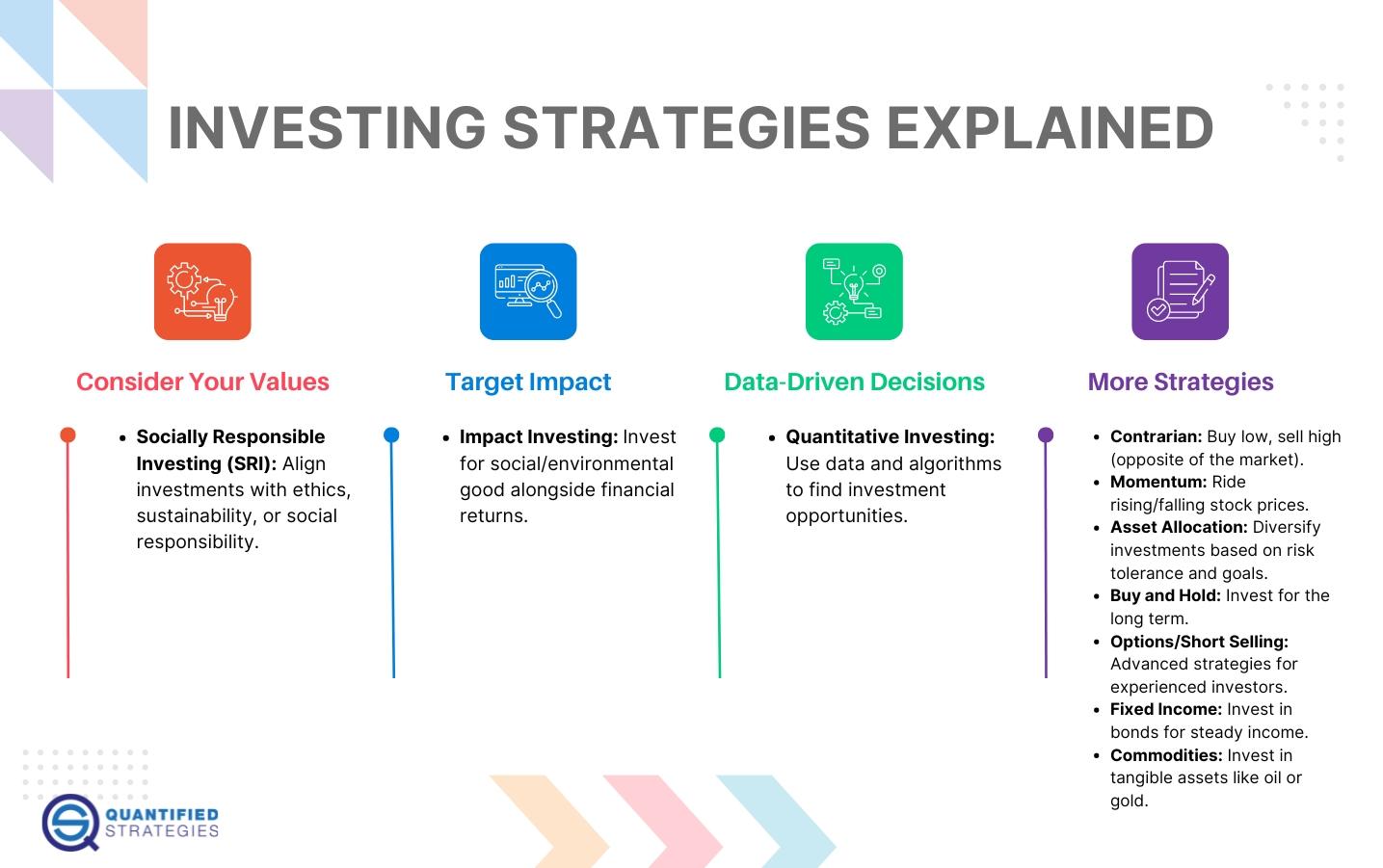
Investment Strategies
When planning for a comfortable retirement, embracing diverse approaches to investing can significantly enhance your financial security. One key strategy is to diversify your portfolio, spreading your investments across various asset classes such as stocks, bonds, and real estate. This not only mitigates risk but also allows for the potential of higher returns over time. Consider allocating a percentage of your savings to each asset class based on your risk tolerance, age, and retirement timeline. Additionally, including international investments can provide exposure to emerging markets that may offer growth opportunities.
Another important aspect of retirement investing is to stay disciplined and patient. Consistent contributions to retirement accounts like 401(k)s or IRAs can capitalize on compound interest, which is often referred to as the “eighth wonder of the world.” Setting up automatic contributions ensures that you are consistently saving without the temptation to spend the funds elsewhere. Monitor your investments regularly, but avoid the urge to make impulsive decisions based solely on market fluctuations. Here’s a simple table to help visualize how consistent contributions can lead to significant growth:
| Annual Contribution | Years Invested | Estimated Growth (5% Return) |
|---|---|---|
| $5,000 | 20 | $162,000 |
| $7,500 | 20 | $243,000 |
| $10,000 | 20 | $324,000 |

Stock Market Investing
Investing in the stock market is a crucial component of any solid retirement plan. By allocating a portion of your savings to equities, you can harness the power of compounding returns over time. This strategy allows your investments to grow exponentially, especially when you start early. Consider building a diverse portfolio to mitigate risk and maximize potential returns. Here are some key strategies to consider:
- Index Funds: Passive investments that track market indices, offering diversification at low costs.
- Dividend Stocks: Companies that pay dividends can provide a steady income stream, reinvested for further growth
- Exchange-Traded Funds (ETFs): These funds allow investors to buy a variety of securities in a single transaction, combining flexibility with liquidity.
Understanding the market’s historical performance can also guide your investment choices. For example, consider this brief overview of average annual returns over different decades:
| Decade | Average Annual Return (%) |
|---|---|
| 1980s | 17.6% |
| 1990s | 18.2% |
| 2000s | 1.1% |
| 2010s | 13.6% |
These figures highlight the variability of stock market returns and underscore the importance of a long-term perspective. By remaining committed to your investment strategy through market fluctuations, you can significantly enhance your financial readiness for retirement.
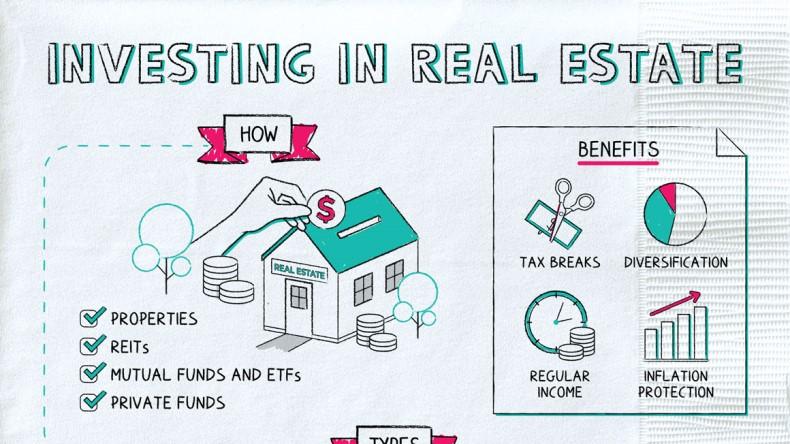
Real Estate Investment
Investing in real estate can be a pivotal part of your strategy for securing a comfortable retirement. By acquiring properties that generate rental income, you not only build equity over time but also create a steady cash flow that can support you in your golden years. Consider the following benefits:
- Passive Income: Rental properties provide consistent monthly income.
- Appreciation: Real estate often increases in value over time, enhancing your net worth.
- Tax Advantages: There are numerous tax benefits, including deductions for mortgage interest and property depreciation.
When approaching , it’s crucial to conduct thorough research and market analysis to identify opportunities that align with your financial goals. For example, consider areas with strong growth potential or investment properties that require minimal upgrades. This table summarizes key aspects to examine:
| Aspect | Considerations |
|---|---|
| Location | Proximity to amenities and future development plans. |
| Market Trends | Analyze historical data and forecast future growth. |
| Property Condition | Evaluate needed repairs versus potential rental income. |
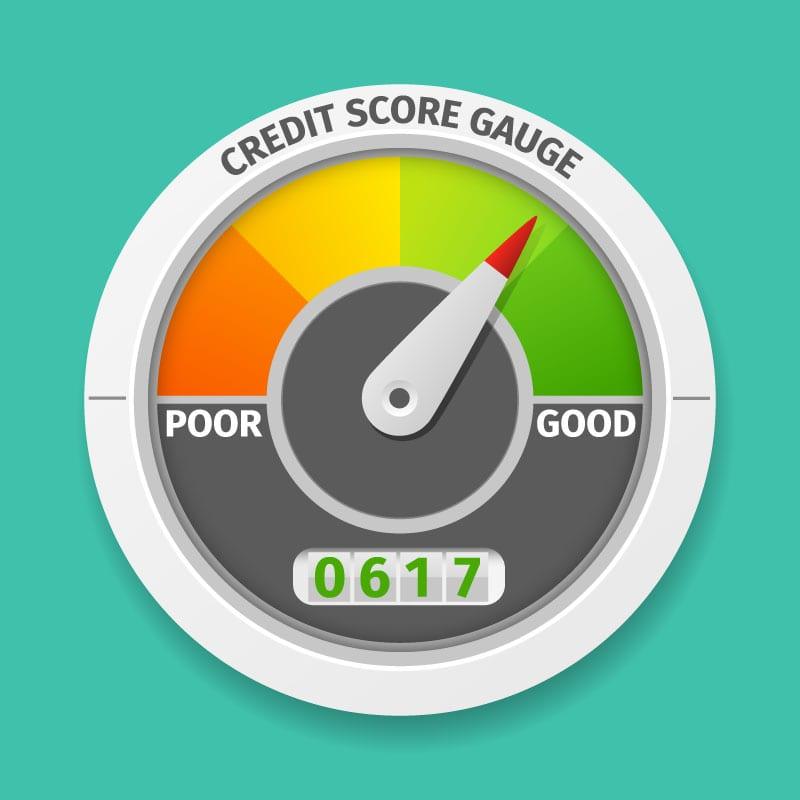
Credit Score Improvement
Improving your credit score can significantly enhance your financial stability, especially when you’re focusing on long-term goals like retirement. A higher credit score not only opens the door to better interest rates for loans but also helps in securing better insurance premiums and rental agreements. To embark on this journey toward a robust credit score, consider the following strategies:
- Pay Your Bills On Time: Consistency is key; timely payments can boost your score considerably.
- Reduce Debt-to-Income Ratio: Aim to lower your overall debt, ideally below 30% of your available credit.
- Monitor Your Credit Report: Regular checks can help you spot errors and address them promptly.
- Avoid New Hard Inquiries: Limit applications for new credit to prevent unnecessary dips in your score.
Understanding the impact of your credit score on your future financial endeavors, including retirement savings, is crucial. A comprehensive approach can pave the way for a brighter financial future. Here’s a quick overview of how different credit scores can affect your retirement planning:
| Credit Score Range | Potential Interest Rate | Impact on Retirement Savings |
|---|---|---|
| 300 – 579 | Higher than 10% | Higher borrowing costs leading to reduced savings potential. |
| 580 – 669 | 7% – 10% | Moderate costs can still impact the amount set aside for retirement. |
| 670 – 739 | 5% – 6.5% | Better rates may allow for more aggressive retirement contributions. |
| 740 – 799 | 3.5% – 5% | Favorable terms enhance retirement investment opportunities. |
| 800 – 850 | Below 3.5% | Optimal rates enable robust retirement savings and growth potential. |

Financial Independence
Achieving is a goal that many aspire to, and saving for retirement is a crucial step in that journey. It allows you to create a safety net and maintain your desired lifestyle when you are no longer in the workforce. Here are some key strategies to consider:
- Start Early: The earlier you begin saving, the more you can leverage compound interest.
- Set Clear Goals: Define what means for you and how much you need to save.
- Monitor Your Spending: Understanding your expenses can help you allocate more funds toward retirement savings.
Investing wisely plays an equally significant role in building a retirement fund. By diversifying your investments, you can manage risks and potentially increase returns. Consider the following investment options:
| Investment Type | Risk Level | Return Potential |
|---|---|---|
| Stocks | High | High |
| Bonds | Low to Medium | Medium |
| Real Estate | Medium | Medium to High |

Passive Income Streams
In the journey of building a secure financial future, diversifying income sources can be a game changer. By establishing revenue streams that require minimal effort after the initial setup, you can significantly boost your retirement savings without draining your time. Consider these avenues:
- Rental Properties: Investing in real estate allows you to earn monthly income while your property appreciates in value.
- Dividend Stocks: Choose stocks that pay dividends to receive regular payouts, creating a steady flow of income.
- Peer-to-Peer Lending: Engage in lending platforms to earn interest on loans, effectively acting as a bank for borrowers.
- Online Courses or E-books: Share your expertise by creating educational content that can generate sales repeatedly.
To provide a clearer picture, here’s a brief comparison of these methods, focusing on their potential returns and required involvement:
| Income Stream | Potential Annual Return | Time Commitment |
|---|---|---|
| Rental Properties | 8-12% | Moderate |
| Dividend Stocks | 4-6% | Low |
| Peer-to-Peer Lending | 5-12% | Low |
| Online Courses/E-books | Varies | High initial, Low ongoing |
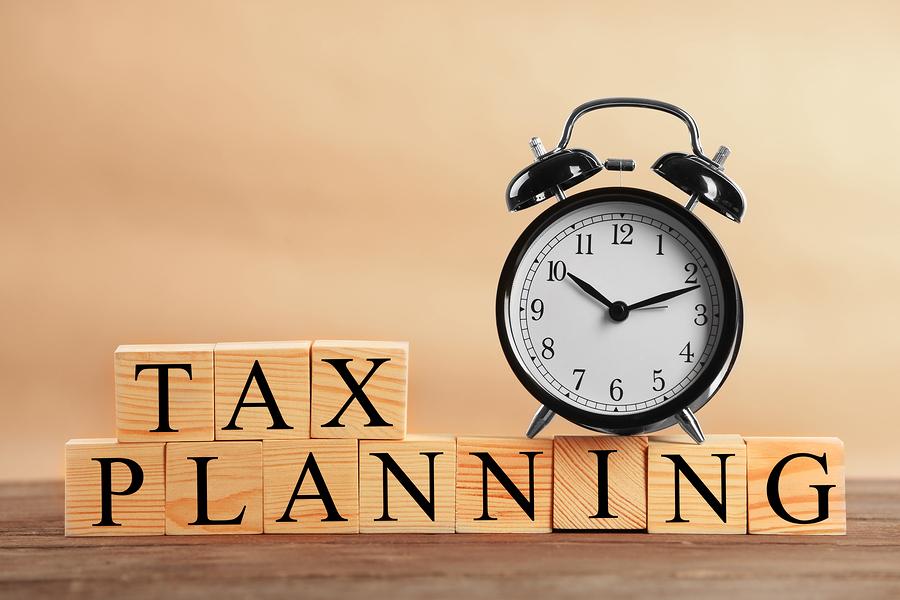
Tax Planning
When considering how to maximize your retirement savings, effective financial strategies are essential for minimizing tax obligations. One favorable approach is to take advantage of tax-deferred accounts such as 401(k) plans and Traditional IRAs. Contributions made to these accounts can reduce your taxable income, allowing for greater investment growth over time. Additionally, Roth IRAs offer a unique opportunity for tax-free withdrawals during retirement, if certain conditions are met. This dual approach can create a balanced tax strategy, ensuring you can manage your tax liabilities effectively both now and in the future.
Furthermore, understanding the different tax implications of your investments can significantly affect your overall retirement savings. Consider these key options:
- Tax-Loss Harvesting: Selling underperforming investments to offset capital gains.
- Asset Location: Strategically placing high-growth investments in tax-advantaged accounts.
- Charitable Giving: Donating appreciated assets to reduce taxable income while benefiting causes you care about.
To illustrate the impact of on your retirement savings, see the example below:
| Investment Type | Tax Benefit | Long-Term Growth Potential |
|---|---|---|
| 401(k) | Tax-deferred until withdrawal | High |
| Roth IRA | Tax-free withdrawals | Moderate |
| Taxable Brokerage Account | Taxed on gains annually | Varies |
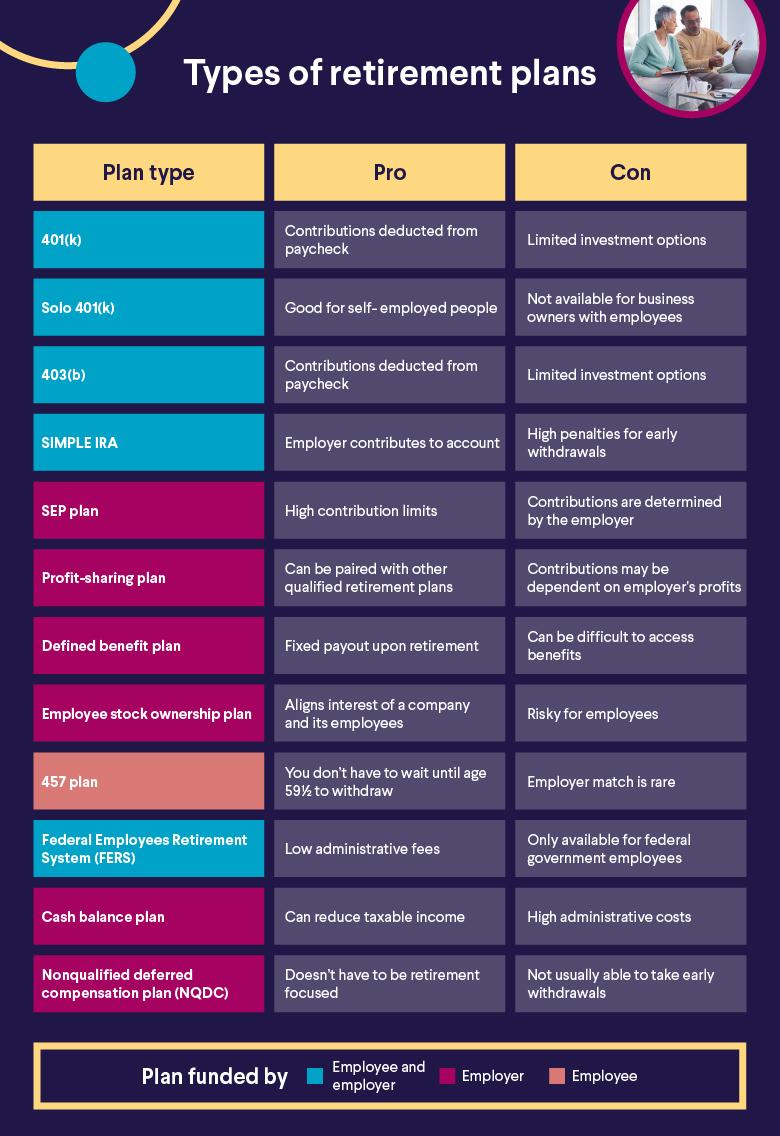
Retirement Accounts (IRA, 401k)
When it comes to building a secure financial future, retirement accounts such as IRAs and 401(k)s are essential tools. These accounts help you save money while enjoying certain tax advantages, making your nest egg grow faster. Here are some key features that set them apart:
- IRAs (Individual Retirement Accounts) offer flexibility in investment choices and may allow tax-deductible contributions based on your income.
- 401(k)s are employer-sponsored plans that often come with matching contributions, enabling you to maximize your savings.
- Tax benefits vary based on the type of account; for example, traditional IRAs provide tax deferral on contributions, while Roth IRAs feature tax-free withdrawals in retirement.
Understanding the contribution limits and withdrawal rules is crucial as these parameters can significantly impact your saving strategy. Below is a simplified overview:
| Account Type | 2023 Contribution Limits | Withdrawal Penalty |
|---|---|---|
| Traditional IRA | $6,500 (or $7,500 if age 50+) | 10% before age 59½ |
| Roth IRA | $6,500 (or $7,500 if age 50+) | 10% before age 59½ |
| 401(k) | $22,500 (or $30,000 if age 50+) | 10% before age 59½ |
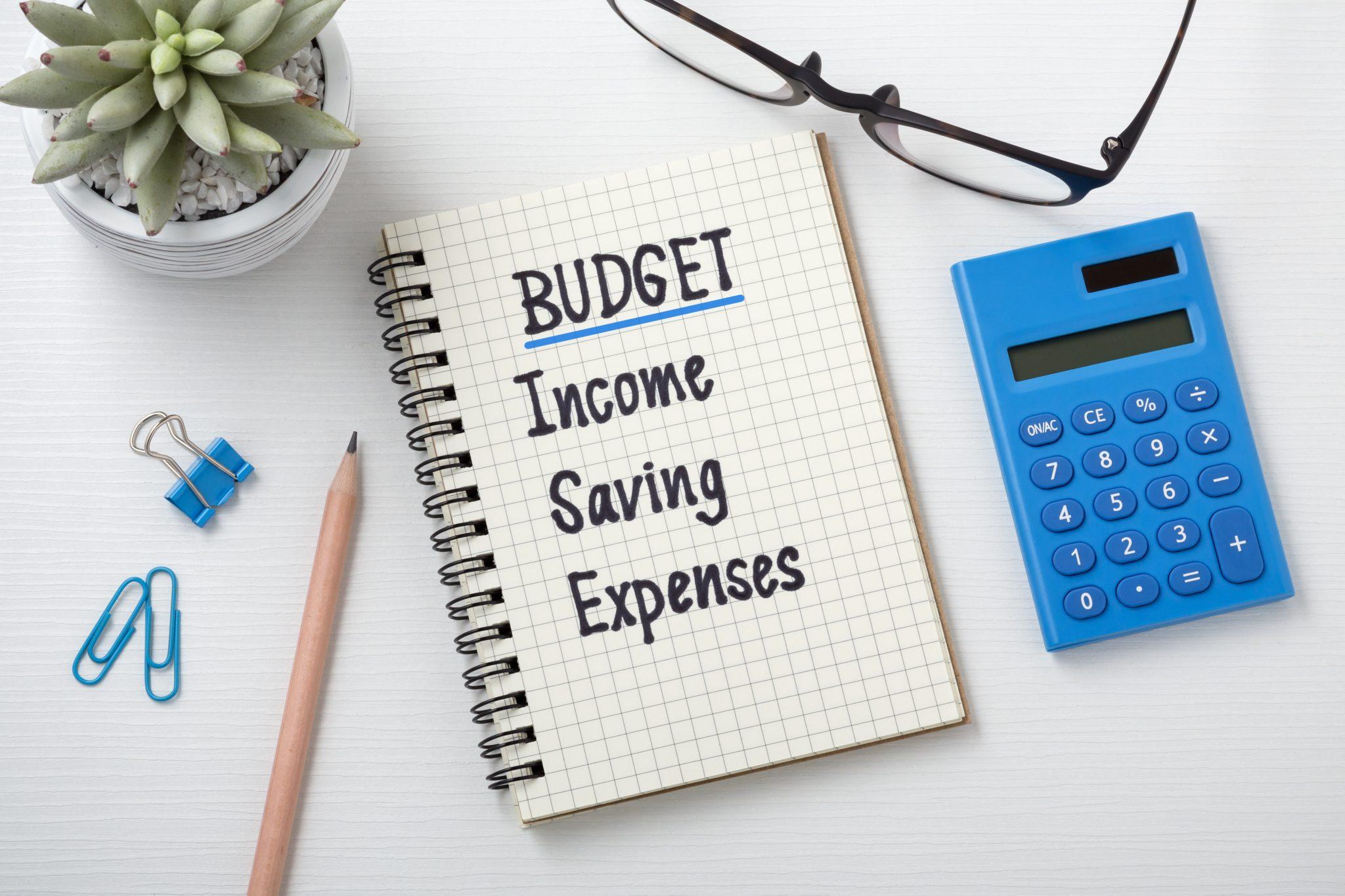
Financial Planning for Families
Planning for the golden years is an essential aspect of family finance that often gets overshadowed by daily expenses and immediate needs. To secure a comfortable retirement, families should start saving early, allowing the magic of compound interest to work in their favor. Consider setting up automatic contributions to a retirement account each month; this strategy can help ensure that savings grow steadily without the temptation to spend that money elsewhere. It’s also wise to take advantage of employer-sponsored retirement plans, especially if they come with matching contributions, as this can significantly boost your retirement savings.
When assessing how much you should save, create a clear vision of your retirement goals. Factors to think about include:
- Desired retirement age
- Expected lifestyle and expenses
- Health care needs
- Potential travel and leisure activities
Developing a budgeting strategy, like the 50/30/20 rule, where 50% of your income goes to needs, 30% to wants, and 20% to savings, can also support your retirement planning. Additionally, using a retirement calculator can provide insights into how much you need to save monthly to meet your goals. Below is a simple breakdown to guide your saving efforts:
| Age Range | Percentage of Income to Save |
|---|---|
| 20s | 10-15% |
| 30s | 15-20% |
| 40s | 20-25% |
| 50s | 25-30% |

Personal Finance Apps
In today’s fast-paced world, leveraging technology for managing personal finances has never been more crucial, especially when it comes to saving for retirement. Utilizing can simplify the process by offering intuitive interfaces and powerful features that guide users on their financial journey. Some of the standout benefits of these apps include:
- Budget Tracking: Monitor your expenses effortlessly and adjust your spending habits accordingly.
- Investment Planning: Analyze your portfolio and receive suggestions tailored to your retirement goals.
- Goal Setting: Create specific savings goals, like retirement, and watch your progress in real-time.
Many of these apps also incorporate features that calculate how much you should be saving monthly to meet your retirement objectives. Here’s a simple comparison table of popular that excel in retirement planning:
| App Name | Monthly Savings Recommendation | User Rating |
|---|---|---|
| Mint | $500 | 4.7 / 5 |
| YNAB | $650 | 4.5 / 5 |
| Personal Capital | $400 | 4.6 / 5 |
By integrating their features with daily finance management, users are better equipped to reach their retirement goals. An informed approach through these apps fosters a sustainable financial plan that evolves with changing life circumstances, making the path to retirement not just achievable, but also less daunting.
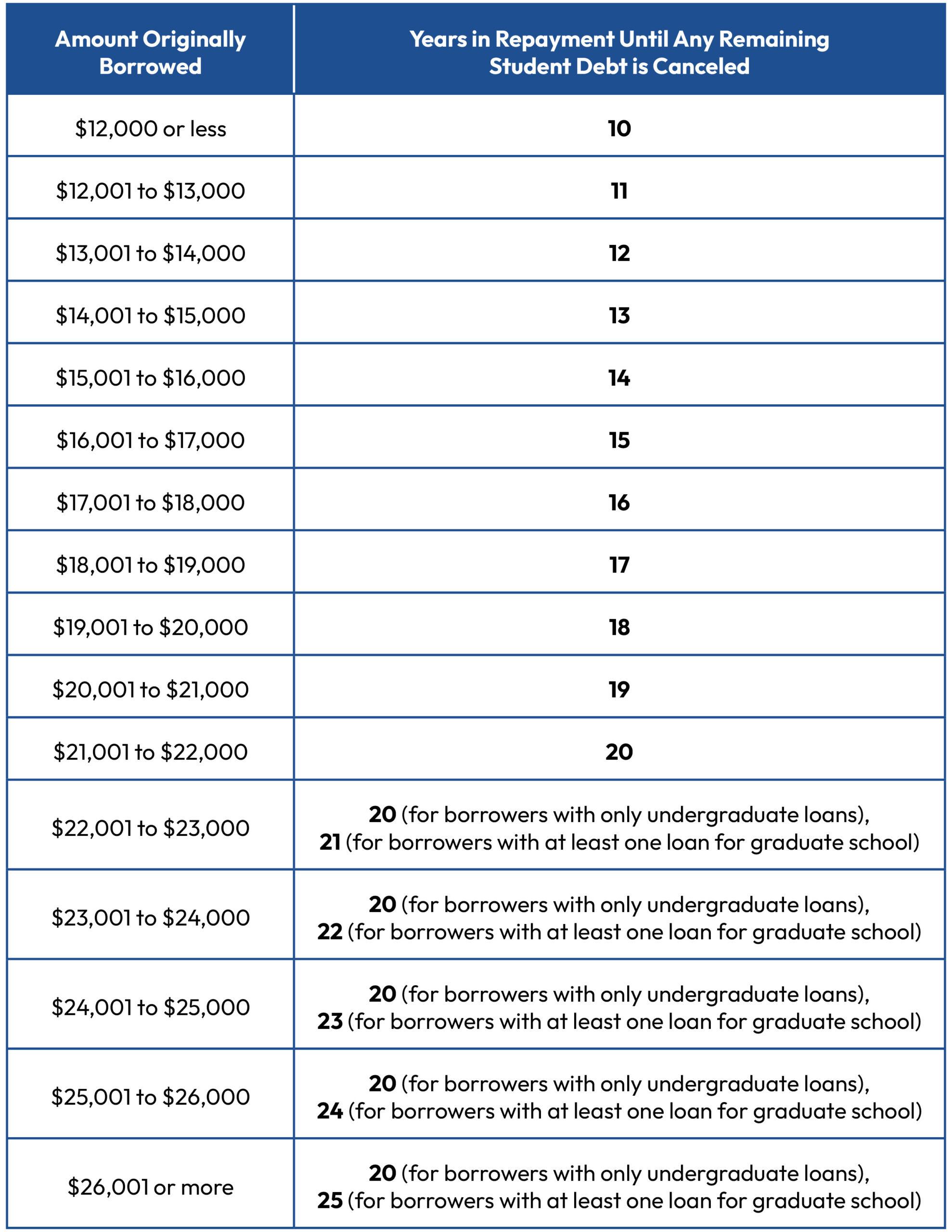
Student Loan Repayment
Managing student loans while simultaneously saving for retirement can often feel like a juggling act. Balancing these financial responsibilities requires a strategic approach to ensure that neither goal falters. Consider the following strategies to help you navigate this dual path:
- Prioritize Payments: Focus on paying down high-interest loans first to minimize the overall cost of borrowing.
- Employer Match: Take advantage of employer-sponsored retirement plans that offer matching contributions, as this is essentially “free money.”
- Set Up a Budget: Create a detailed budget that allocates funds for both loan repayments and retirement savings, making adjustments as necessary.
- Increase Your Income: Look for side gigs or freelance opportunities that can provide extra cash to put towards your loans or retirement funds.
As you plan your financial future, it’s essential to understand how both of these expenses impact one another. Here’s a simple comparison table to highlight the potential benefits of early retirement planning versus aggressive loan repayment:
| Strategy | Benefits | Considerations |
|---|---|---|
| Early Retirement Savings | Compound growth on investments | May delay loan repayment |
| Aggressive Loan Repayment | Reduced debt burden | Less available for retirement investments |

Debt-Free Journey
Embarking on a journey toward financial freedom involves not just eliminating debt, but also fostering a culture of saving for the future. Retirement may seem far off, but the earlier you start saving, the greater the rewards. Consider creating a dedicated savings plan that aligns with your retirement goals. Here are a few strategies to enhance your retirement savings:
- Automate Contributions: Set up automatic transfers to your retirement account to make saving effortless.
- Take Advantage of Employer Matches: If your employer offers a retirement plan with matching contributions, maximize this benefit.
- Diversify Investments: Explore various investment options to mitigate risks and capture potential gains.
While focusing on savings, it’s essential to assess your current financial status. Consider tracking your monthly expenses to create a realistic budget that prioritizes retirement. Together with your savings plan, use this simple table to categorize your financial priorities:
| Financial Priority | Suggested Allocation (%) |
|---|---|
| Emergency Fund | 10% |
| Debt Repayment | 20% |
| Retirement Savings | 30% |
| Investments | 25% |
| Discretionary Spending | 15% |

Credit Card Management
Effectively managing your credit cards is crucial for maintaining financial health, especially as you set your sights on retirement. The key to successful lies in understanding how your spending habits affect your credit score and overall financial stability. Consider implementing the following strategies:
- Pay on Time: Never miss a payment, as late fees can add up quickly and affect your credit score.
- Keep Balances Low: Aim to utilize no more than 30% of your credit limit to maintain a healthy credit utilization ratio.
- Review Statements: Regularly check your statements for any unauthorized charges to prevent potential theft.
- Consider Rewards: Choose cards that offer rewards that align with your retirement goals, such as travel points or cash back.
Additionally, it’s worthwhile to consolidate high-interest debts before retirement approaches. This can simplify payments and save you money in the long run. A well-planned approach might look like the following:
| Credit Card | Balance | Interest Rate | Monthly Payment |
|---|---|---|---|
| Card A | $2,000 | 15% | $150 |
| Card B | $1,500 | 18% | $100 |
| Card C | $1,000 | 12% | $80 |
By closely monitoring these elements, you can make informed decisions that facilitate a smooth transition into retirement while keeping your credit in check.
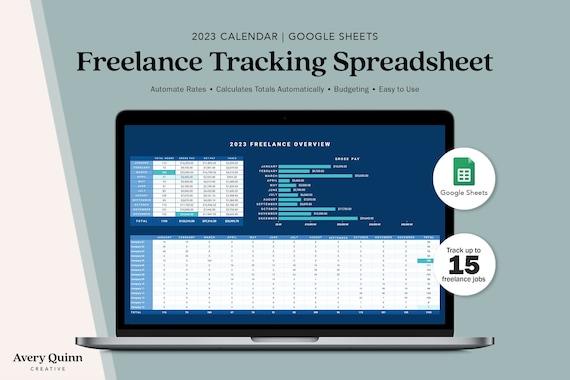
Budgeting for Freelancers
Being a freelancer means embracing the ebb and flow of income, which can make planning for the future feel like a balancing act. Setting aside funds for retirement should be a priority just as much as it is for those with traditional jobs. To effectively manage your finances, consider implementing a few key strategies:
- Create a dedicated retirement fund: Open a separate savings account specifically for retirement. This helps to mentally earmark the money and keep it safe from temptations.
- Automate your contributions: Set up automatic transfers to your retirement account each time you get paid. This way, you’re less likely to skip out on saving.
- Track your expenses: Keep a monthly budget that distinguishes between essential expenses and discretionary spending to identify areas where you can save more for your future.
Additionally, consider diversifying your savings through various retirement accounts, such as a Roth IRA or a Solo 401(k). Each option offers unique benefits suited to freelancers. Here’s a simple comparison table to help you decide:
| Account Type | Contribution Limit | Tax Benefits |
|---|---|---|
| Roth IRA | $6,000 (under 50) | Tax-free withdrawals in retirement |
| Solo 401(k) | $61,000 (under 50) | Tax-deferred growth or tax-free withdrawals with Roth option |
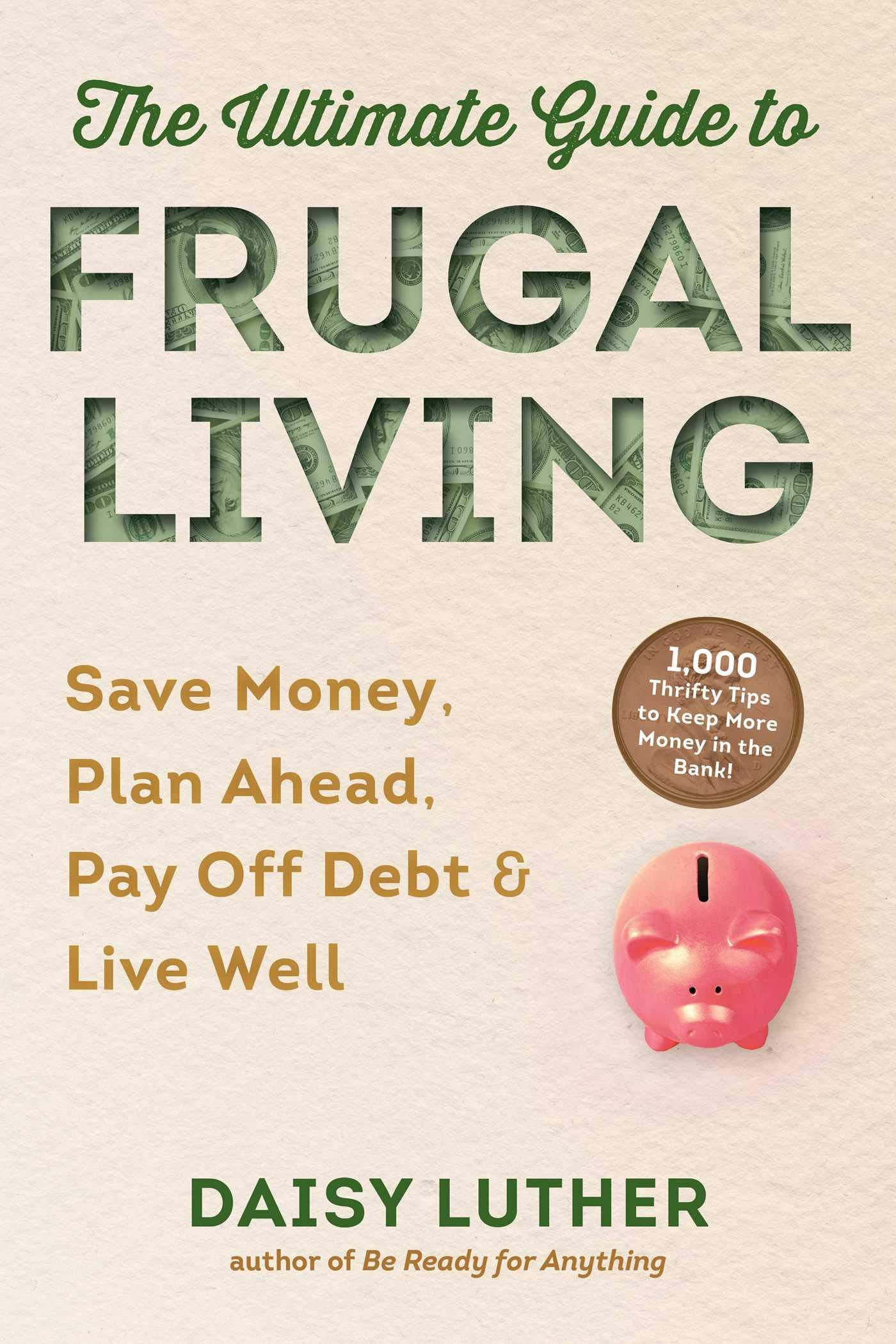
Frugal Living Tips
Finding ways to cut expenses can significantly bolster your retirement savings. Meal planning is an effective strategy that not only saves money but also encourages healthy eating habits. Consider the following tips to maximize your food budget:
- Make a comprehensive grocery list before shopping to avoid impulse purchases.
- Buy in bulk and focus on staple items that have a longer shelf life.
- Utilize seasonal produce to take advantage of lower prices and better quality.
- Prep meals in advance to minimize waste and ensure you use what you buy.
Another way to build your nest egg is by reducing recurring expenses. Take a close look at your monthly bills and explore potential savings. You might consider:
- Switching to a more affordable cell phone plan or negotiating your current rate.
- Canceling unused subscriptions or memberships that drain your account.
- Shopping around for better rates on insurance and utilities.
- Checking for tax deductions or credits that you may qualify for!
| Expense Type | Potential Savings |
|---|---|
| Cell Phone Plan | $20/month |
| Subscriptions | $30/month |
| Insurance | $50/month |
| Utilities | $25/month |

Side Hustles for Extra Income
In today’s fast-paced world, many individuals are seeking ways to boost their income beyond their primary jobs. Engaging in a side hustle can be a rewarding venture, providing both financial benefits and personal fulfillment. Consider exploring options such as:
- Freelancing: Utilize your professional skills in writing, graphic design, or programming by taking on freelance projects.
- Online Tutoring: Share your expertise in subjects you excel at and assist students in achieving their academic goals.
- E-commerce: Start an online store using platforms like Etsy or Shopify to sell handmade goods or dropship products.
- Content Creation: Leverage social media or YouTube to build an audience and monetize through ads and sponsorships.
Additionally, some side hustles require minimal upfront investment, making them accessible for anyone regardless of their financial background. To visualize the potential earnings from various side hustles, take a look at the following table:
| Side Hustle | Estimated Monthly Income | Flexibility |
|---|---|---|
| Freelancing | $500 – $2000 | High |
| Online Tutoring | $400 – $1500 | Medium |
| E-commerce | $1000 – $5000 | Medium |
| Content Creation | $200 – $3000 | High |
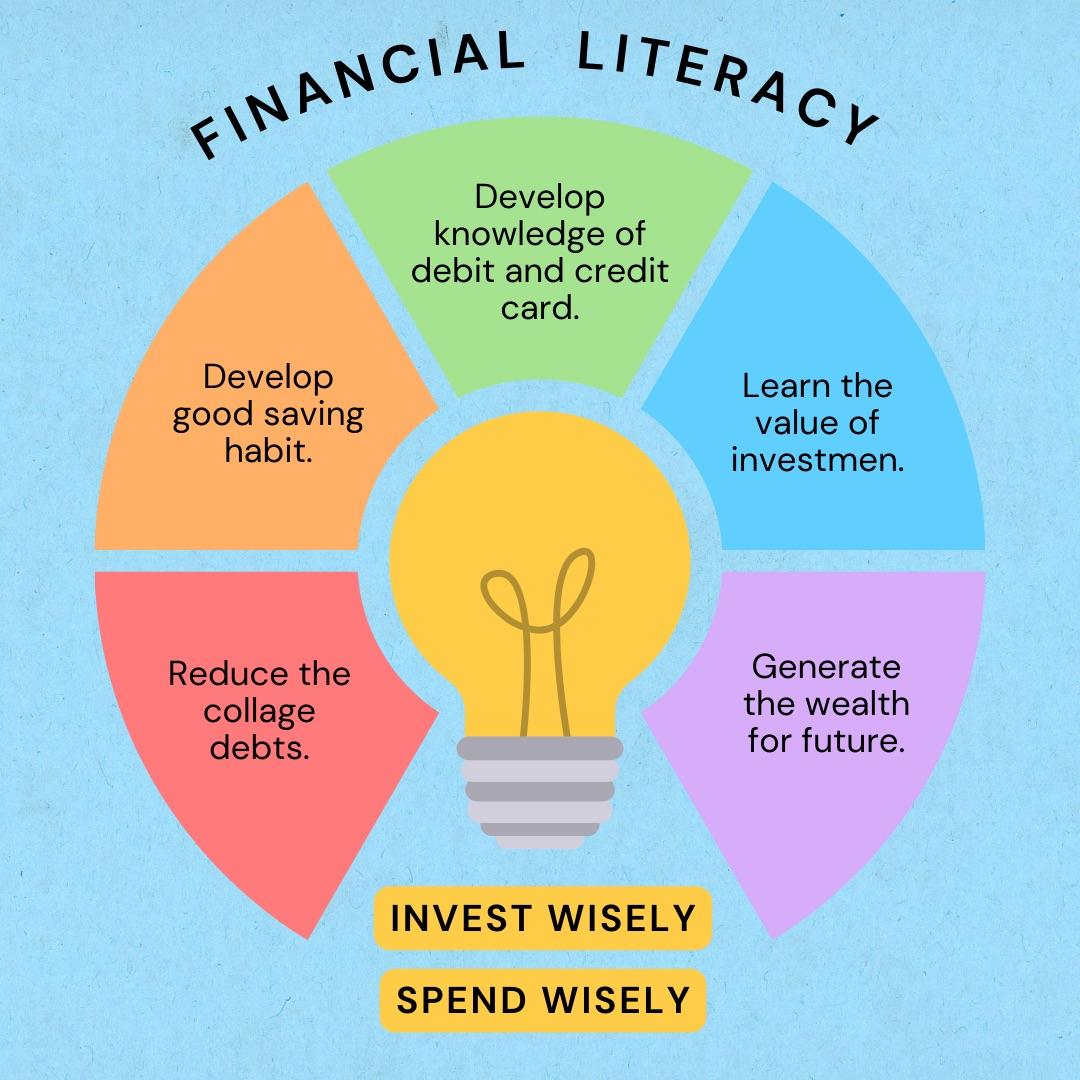
Financial Literacy Education
Planning for the future is an essential part of financial health, and saving for retirement is one of the most important aspects of that plan. By prioritizing your retirement savings early on, you can tap into the power of compound interest and allow your money to grow over time. To kickstart your journey toward a comfortable retirement, consider these strategies:
- Set clear goals: Define what your ideal retirement looks like and how much you will need to save.
- Invest consistently: Even small amounts can accumulate significantly over the years with regular contributions.
- Explore retirement accounts: Take advantage of employer-sponsored plans and tax-advantaged accounts.
- Diversify your investments: Balance your portfolio to mitigate risks and enhance potential returns.
Here’s a quick look at some common retirement savings options, along with their primary benefits:
| Account Type | Key Benefit |
|---|---|
| 401(k) | Employer matching contributions |
| IRA | Tax-deferred growth |
| Roth IRA | Tax-free withdrawals in retirement |
| SEP IRA | Higher contribution limits for self-employed individuals |
By understanding the various options available and taking proactive steps, you will not only secure peace of mind but also pave the way for a fulfilling retirement experience. It’s vital to review your progress regularly and make adjustments as needed, ensuring that you’re on track to meet your long-term financial objectives.

Insurance Planning
When it comes to ensuring a secure financial future, one of the most crucial components is safeguarding your retirement savings through strategic . Life insurance, disability coverage, and long-term care insurance can act as vital safety nets to protect your assets and income during unforeseen circumstances. By incorporating these insurance products into your retirement strategy, you can enhance your peace of mind and create a more robust financial framework. Some key benefits include:
- Tax advantages: Certain policies may provide tax-free income or death benefits.
- Family protection: Ensuring your loved ones are financially secure in your absence.
- Income replacement: Coverage in case of severe disability that prevents working.
Consider a diversified approach to your insurance strategy by evaluating different products based on your individual needs and circumstances. For instance, utilizing a blend of whole life insurance for its cash value accumulation and a suitable long-term care policy can create a comprehensive safety net. To assist you in this evaluation, refer to the table below which highlights key insurance products available for retirement planning:
| Insurance Type | Purpose | Key Feature |
|---|---|---|
| Life Insurance | Financial protection for beneficiaries | Tax-free death benefit |
| Disability Insurance | Income replacement during illness/injury | Monthly benefit payments |
| Long-Term Care Insurance | Coverage for extended care needs | Protects retirement assets |

Long-Term Wealth Building
Building wealth over the long term necessitates a foundational approach that combines discipline, strategy, and a clear understanding of your financial landscape. Investing early can dramatically increase your retirement savings due to the power of compound interest, where your money earns more money over time. To embark on this journey, consider the following actionable strategies:
- Create a Budget: Outline your monthly expenses and income to identify potential savings.
- Maximize Employer Contributions: Take full advantage of retirement plans, such as 401(k)s, especially if your employer matches contributions.
- Diversify Investments: Balance your portfolio among stocks, bonds, and other securities to mitigate risk.
In addition to these strategies, setting specific and measurable goals can keep you motivated. Tracking your financial progress can be done effortlessly with well-organized tools, such as the following table:
| Goal | Target Amount | Time Frame | Current Savings |
|---|---|---|---|
| Emergency Fund | $10,000 | 1 Year | $3,000 |
| Retirement Fund | $500,000 | 30 Years | $50,000 |
| Travel Fund | $20,000 | 5 Years | $5,000 |
By regularly reassessing your goals and savings, you position yourself to not only sustain but enhance your financial health as you approach retirement. This proactive approach can allow you to enjoy a fulfilling retirement lifestyle, free from financial stress.

Saving for College
When considering the financial future of a child, setting aside funds for higher education can be just as critical as saving for retirement. Here are some strategies to help you kickstart these savings:
- Open a 529 Plan: This tax-advantaged savings plan for education allows your investments to grow tax-free, helping to combat the rising costs of college tuition.
- Set Up Automatic Contributions: By having a specified amount automatically transferred to your education fund monthly, you can seamlessly build savings over time.
- Explore Scholarships Early: Research and apply for scholarships during your child’s early high school years to alleviate future financial burdens.
Additionally, it may be beneficial to create a dedicated savings account focused solely on educational expenses. Consider the following components for effective management:
| Strategy | Benefits |
|---|---|
| Regular Contributions | Consistent growth over time |
| Investment Options | Diverse avenues for potential returns |
| Educational Workshops | Increase knowledge on saving strategies |

Estate Planning
When considering your financial future, it’s paramount to not only think about saving for retirement but also how your assets will be distributed upon your passing. Proper allows you to control the distribution of your wealth, ensuring that your desires are honored and your loved ones are supported. This process includes creating wills, trusts, and appointing power of attorney, which can significantly impact your beneficiaries and their financial security.
In planning your estate, consider the following key components:
- Will: A legal document that outlines your wishes regarding your assets after you pass.
- Trust: Entities that can hold assets for beneficiaries, often used to avoid probate.
- Power of Attorney: Appoints someone to make decisions on your behalf if you become incapacitated.
- Healthcare Proxy: Designates an individual to make medical decisions for you if you are unable.
| Document | Purpose |
|---|---|
| Will | Distributing your estate after death |
| Trust | Managing assets during life and after death |
| Power of Attorney | Making financial decisions if incapacitated |
| Healthcare Proxy | Making medical decisions if unable |
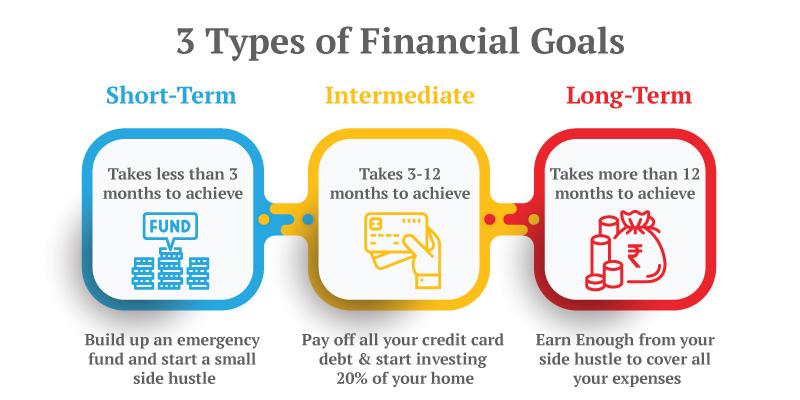
Financial Goals Setting
Setting financial goals for retirement is essential for ensuring a comfortable lifestyle in your golden years. Start by assessing your current financial status and envisioning your dream retirement. Consider the following aspects:
- Desired retirement age: Determine when you want to retire based on your personal ambitions and financial readiness.
- Retirement lifestyle: Reflect on how you envision your life post-retirement—traveling, leisure activities, or part-time work.
- Income sources: Identify potential income sources during retirement, including Social Security, pensions, and investments.
Once you’ve outlined your goals, it’s time to develop a plan that aligns with your desired outcome. Below is a simple table to help you set measurable targets:
| Age | Annual Savings Goal | Total Contributions |
|---|---|---|
| 30 | $5,000 | $150,000 |
| 40 | $10,000 | $200,000 |
| 50 | $15,000 | $225,000 |
By setting specific savings targets as demonstrated above, you create a clearer path toward achieving a stress-free retirement. Keep track of your progress regularly and adjust your contributions as needed to stay on course with your financial goals.

Money Management for Couples
Retirement can feel like a distant goal, but when you’re in a partnership, it becomes essential to align your financial visions early on. Establishing a joint retirement savings plan can be a rewarding endeavor, fostering teamwork and mutual support. Start by assessing your current financial situations individually, and then come together to create a shared budget. This should include contributions to retirement accounts, whether they are 401(k)s, IRAs, or other investment vehicles. Consider these key strategies:
- Set clear goals: Discuss when you both wish to retire and the lifestyle you envision.
- Calculate retirement needs: Use online retirement calculators to estimate how much you will need based on your desired lifestyle.
- Contribute consistently: Decide on a percentage of your income to invest and treat it as a non-negotiable expense.
As you create your retirement strategy, monitor your progress and adjust as needed. Regular meetings can help keep both partners accountable and informed. Utilize tools like the table below to map out your savings plan and track your contributions over time. Remember, open communication about finances is vital to maintaining a healthy partnership as you work toward your shared future.
| Year | Your Contribution | Partner’s Contribution | Total Savings |
|---|---|---|---|
| Year 1 | $3,000 | $2,500 | $5,500 |
| Year 2 | $3,300 | $2,750 | $6,050 |
| Year 3 | $3,600 | $3,000 | $6,600 |

Family Budgeting
Creating a sustainable financial plan requires a collaborative approach, particularly when it comes to long-term goals like retirement. Engaging all family members in discussions about budgeting can transform financial management from a chore into a shared responsibility. Consider implementing the following strategies:
- Establish Clear Goals: Define what retirement means for your family. Will it involve traveling, relocating, or staying local? Knowing these objectives will help you decide how much to save.
- Track Expenses: Use budgeting tools to keep a pulse on your spending. Create categories for essentials and luxuries to make necessary adjustments over time.
- Encourage Savings Habits: Teach children the importance of saving and involve them in meetings to foster a mindset geared toward financial literacy.
To visualize how your savings efforts stack up over time, consider maintaining a simple table that tracks your growing retirement fund against expected expenses. Here’s a sample breakdown:
| Year | Projected Savings | Estimated Expenses | Net Balance |
|---|---|---|---|
| 1 | $5,000 | $2,000 | $3,000 |
| 5 | $30,000 | $10,000 | $20,000 |
| 10 | $75,000 | $30,000 | $45,000 |
By adjusting your budget based on this analysis, your family can actively participate in preparing for a well-funded retirement, making the process both transparent and motivating.

Smart Spending Habits
Adopting effective financial practices lays the groundwork for a sustainable retirement plan. It’s essential to prioritize where your money goes in order to boost your savings pot. Consider implementing these sound strategies for efficient spending:
- Create a budget: Establish a monthly budget that allocates funds for savings, expenses, and discretionary spending.
- Track every expense: Monitor where your money is being spent so you can identify unnecessary costs that can be reduced or eliminated.
- Utilize discounts and rewards: Take advantage of cash-back programs, loyalty rewards, and discounts that can help you save on regular purchases.
Investing with intention is just as crucial as cutting costs. Smart investments can multiply your retirement savings over time. Here are some avenues to consider:
| Investment Type | Risk Level | Expected Returns |
|---|---|---|
| Stocks | High | 7% – 10% annually |
| Bonds | Medium | 3% – 5% annually |
| Index Funds | Medium-Low | 5% – 8% annually |
| Savings Accounts | Low | 0.5% – 2% annually |
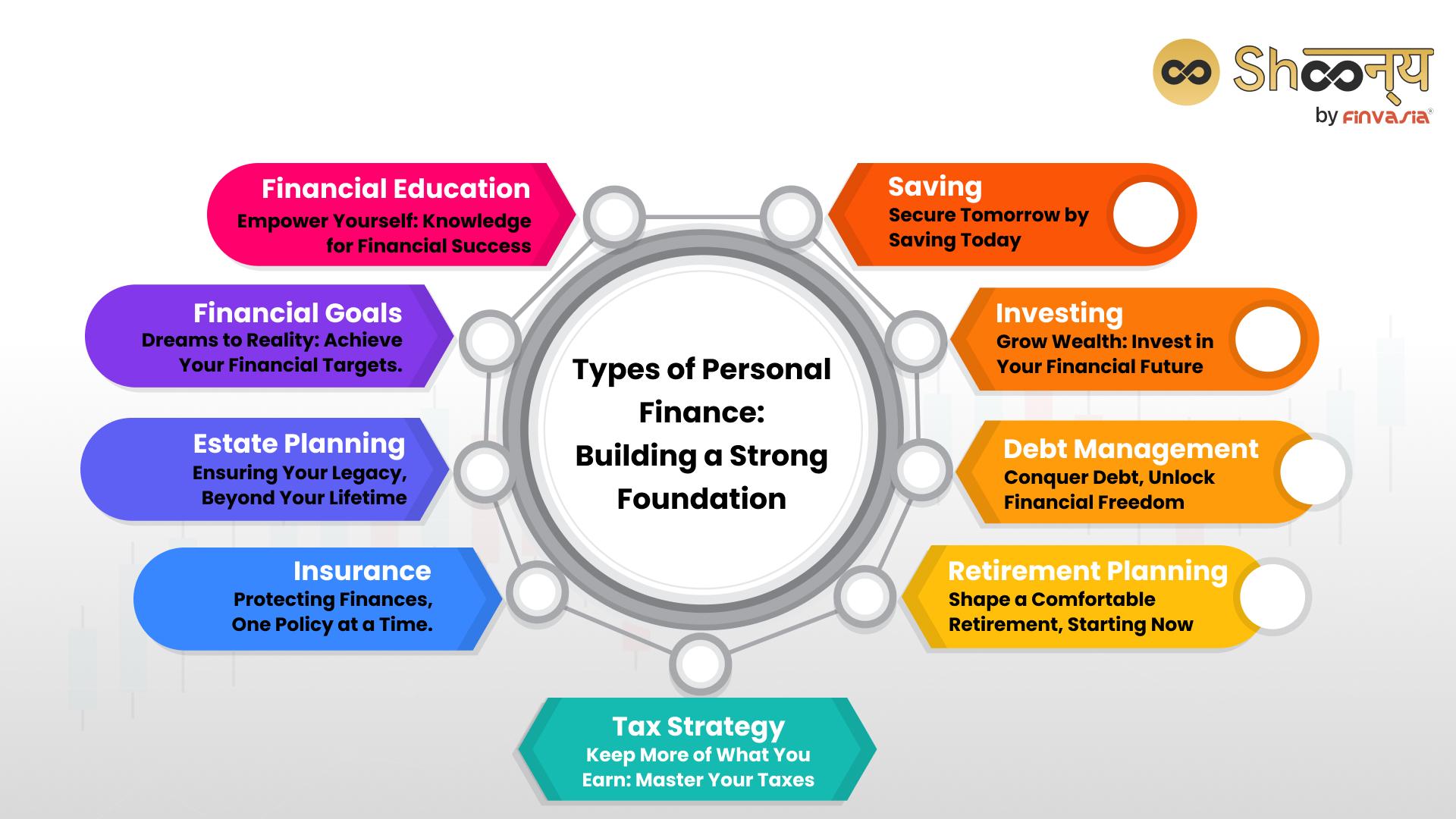
Personal Finance for Millennials
When it comes to setting aside money for the future, many millennials find themselves facing challenges that previous generations didn’t have to contend with. Student debt, rising living costs, and stagnant wages can feel like insurmountable obstacles, but it’s essential to prioritize retirement savings, even amid these difficulties. A good starting point is to establish a budget that allocates a specific portion of your income towards retirement. Whether it’s 10% or even 15%, creating that habit early will pay dividends down the road. Tools such as budgeting apps and automated savings plans can further streamline the process, ensuring that you save consistently without the temptation to procrastinate.
Consider taking advantage of employer-sponsored retirement accounts, such as a 401(k), especially if they offer a matching contribution. This essentially gives you free money towards your retirement, making it a smart move for your future. For those without access to such plans, Individual Retirement Accounts (IRAs) are great alternatives. Here’s a simple comparison of the two:
| Feature | 401(k) | IRA |
|---|---|---|
| Contribution Limit (2023) | $22,500 ($30,000 if 50+) | $6,500 ($7,500 if 50+) |
| Employer Match | Often Available | No |
| Tax Benefits | Pre-tax contributions | Tax-deferred growth or tax-free withdrawals |
By familiarizing yourself with these options and taking the first steps towards saving, you can pave the way for a secure and comfortable retirement, allowing you to focus more on enjoying life today while still being prudent about tomorrow.
Wealth Preservation Strategies
Building a robust strategy for preserving your wealth as you save for retirement is essential to ensure a comfortable future. Focusing on diversification can help spread risk and optimize your portfolio’s performance. Consider incorporating a mix of assets, including:
- Stocks: For growth potential.
- Bonds: To provide stability and income.
- Real Estate: As a hedge against inflation.
- Commodities: To diversify further into tangible assets.
Another crucial aspect is the importance of tax-efficient investing. Utilizing retirement accounts such as 401(k)s and IRAs allows your savings to grow tax-deferred, maximizing your potential returns. You might also want to explore:
| Account Type | Tax Benefit |
|---|---|
| 401(k) | Tax-deferred growth, potential employer match |
| Roth IRA | Tax-free withdrawals in retirement |
| Traditional IRA | Tax-deductible contributions |
To Conclude
As we draw the curtains on our discussion about saving for retirement, it’s clear that this journey is not merely about numbers and balances, but about the life you envision for your future self. Each contribution you make today is a step toward the freedom to explore, to dream, and to live life on your own terms. Whether you’re just starting out or are well along the path, remember that every little bit counts—time is on your side, and the choices you make now will shape the landscape of your tomorrows. By cultivating good saving habits, staying informed, and adapting your plan to fit your unique circumstances, you can transform the daunting task of retirement savings into a rewarding adventure. So, take a deep breath, set your intentions, and step forward with confidence: your future is waiting, and it’s brimming with possibilities.



